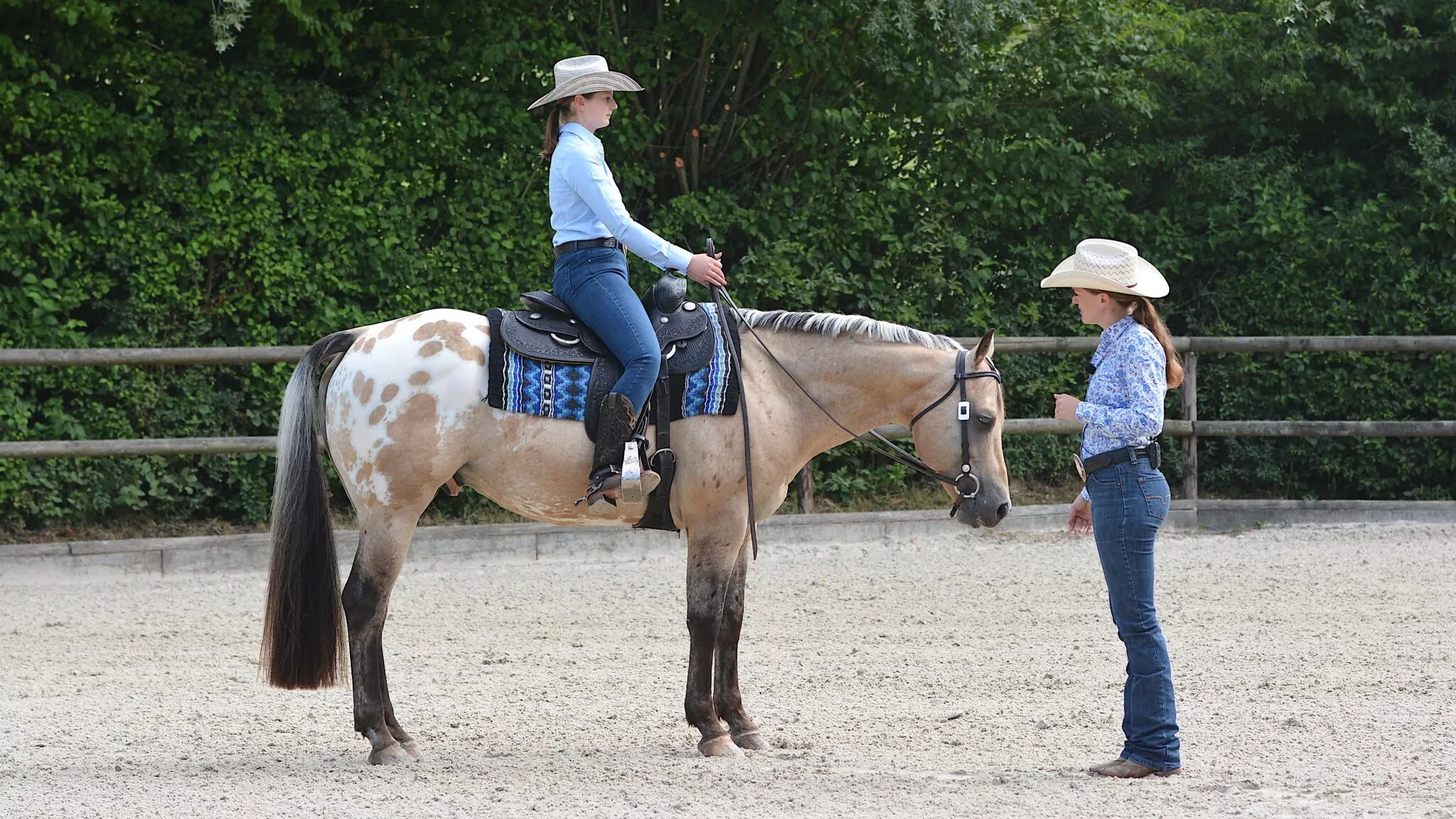The Art of Horsemanship in Western Riding

Western riding is more than just a style of horseback riding; it is a rich tradition rooted in the history and culture of the American West. The art of horsemanship in western riding combines skill, communication, and respect between rider and horse, creating a partnership that is both functional and graceful.
Understanding Western Riding
Western riding originated from the working practices of cowboys and ranchers. It emphasizes control, precision, and versatility, allowing riders to manage cattle and navigate rugged terrain efficiently. The riding style is characterized by a relaxed seat, one-handed rein control, and the use of specialized tack such as the western saddle and curb bit.
| Key Elements of Western Riding | Description |
|---|---|
| Saddle | Designed for comfort and security during long hours, featuring a horn for roping cattle. |
| Reins | Typically held in one hand, allowing the other hand to be free for tasks like roping. |
| Gaits | Walk, jog, lope (canter), and gallop, each with specific cues and purposes. |
The Principles of Horsemanship
Horsemanship in western riding is built on several core principles:
- Communication: Using subtle cues through reins, legs, and body posture to guide the horse.
- Balance: Maintaining a centered and relaxed position to enhance control and comfort.
- Patience: Developing trust and understanding over time, essential for effective training.
- Respect: Recognizing the horse as a partner, not just a tool.
Techniques and Training
Training a western horse involves groundwork, desensitization, and progressive riding exercises. Techniques such as neck reining allow riders to steer with minimal rein movement, promoting a smooth and responsive ride. Additionally, training focuses on developing the horse’s ability to perform tasks like stopping quickly, turning sharply, and working cattle.
Benefits of Mastering Western Horsemanship
- Improved Safety: Skilled riders can better anticipate and respond to their horse’s behavior.
- Enhanced Performance: Precision in riding leads to better results in competitions and ranch work.
- Stronger Bond: A deep connection between horse and rider fosters mutual trust and enjoyment.
Frequently Asked Questions (FAQ)
Q1: What is the difference between western and English riding?
A1: Western riding uses a heavier saddle with a horn and emphasizes one-handed rein control, while English riding features a lighter saddle and two-handed rein use. The riding styles also differ in posture and purpose.
Q2: How long does it take to learn western horsemanship?
A2: Learning the basics can take a few months, but mastering the art is a lifelong journey that involves continuous practice and learning.
Q3: Can beginners start with western riding?
A3: Yes, western riding is often recommended for beginners due to its relaxed style and emphasis on safety.
Q4: What equipment is essential for western riding?
A4: Essential equipment includes a western saddle, bridle with curb bit, reins, and appropriate riding boots and attire.
By embracing the art of horsemanship in western riding, riders not only develop technical skills but also cultivate a meaningful relationship with their horse, honoring a tradition that continues to thrive today.
